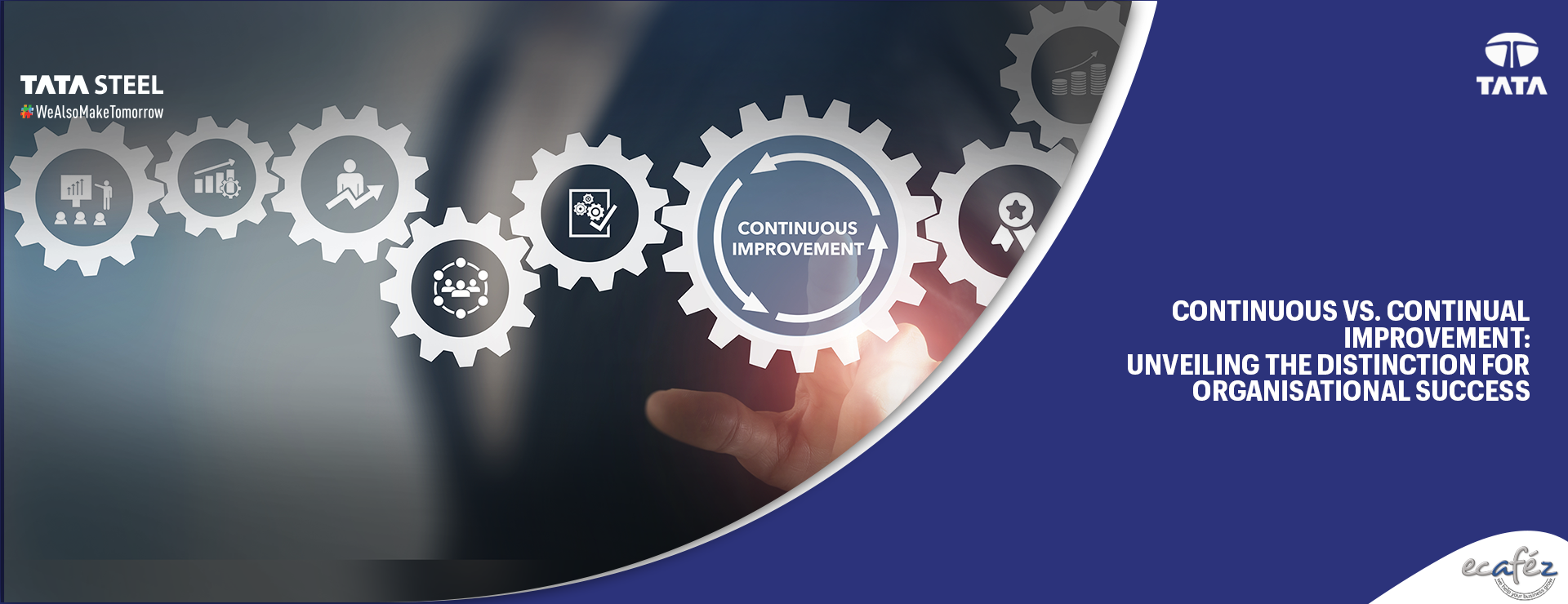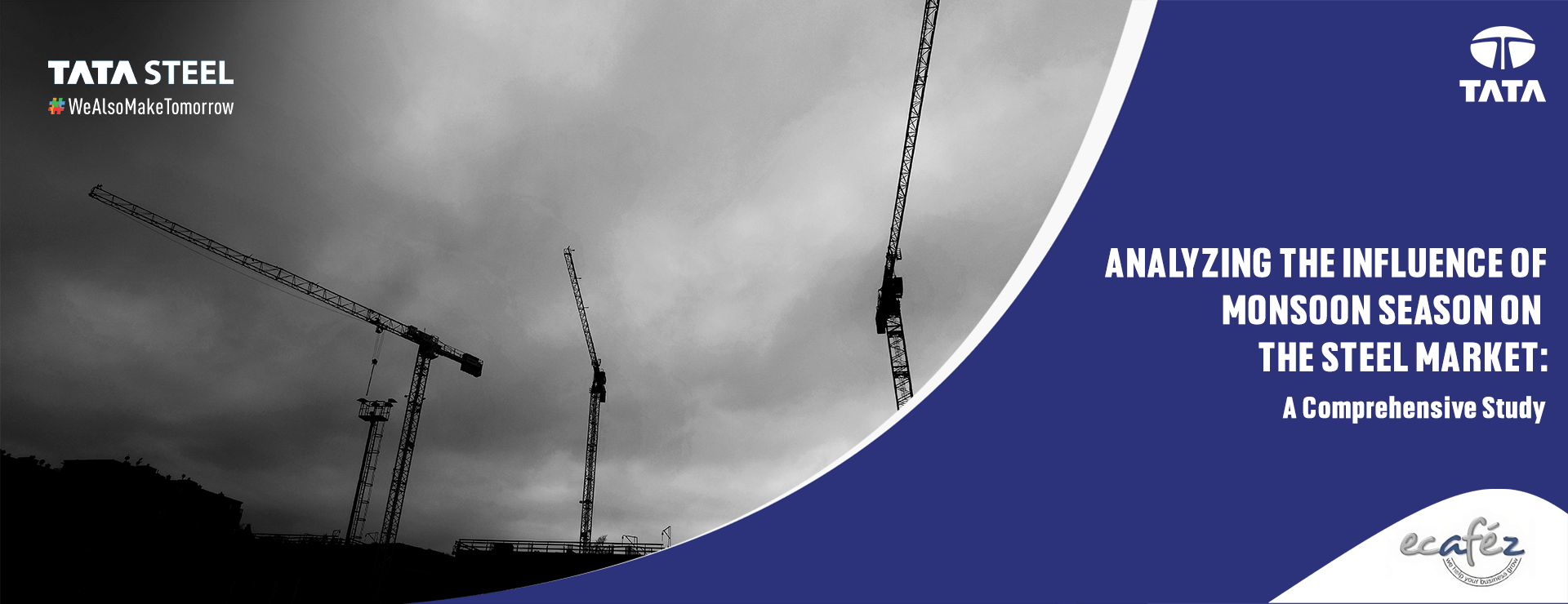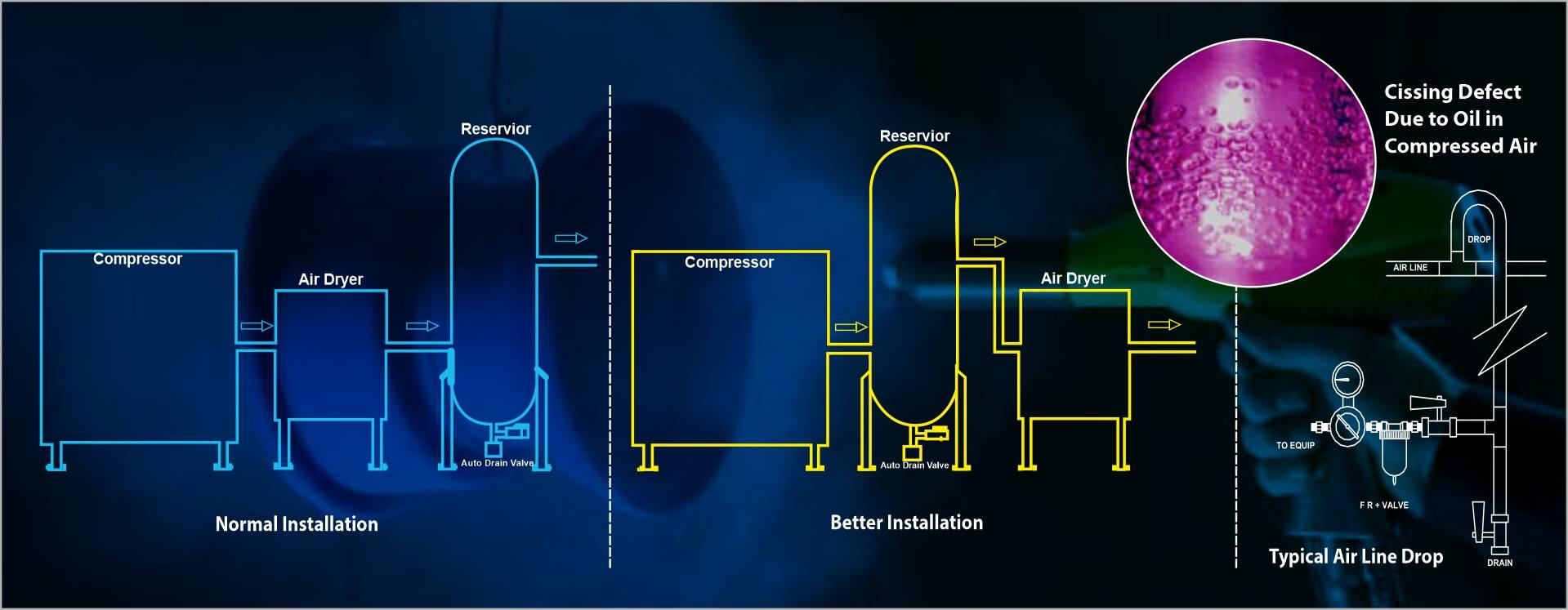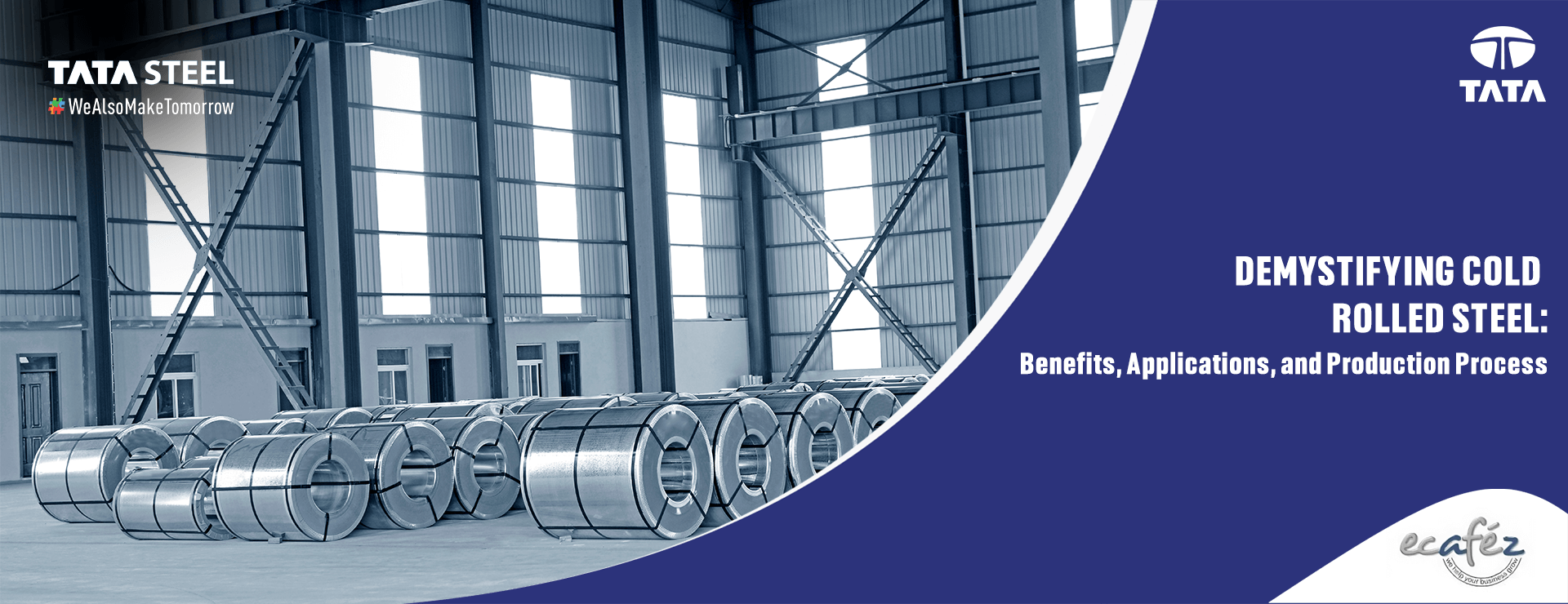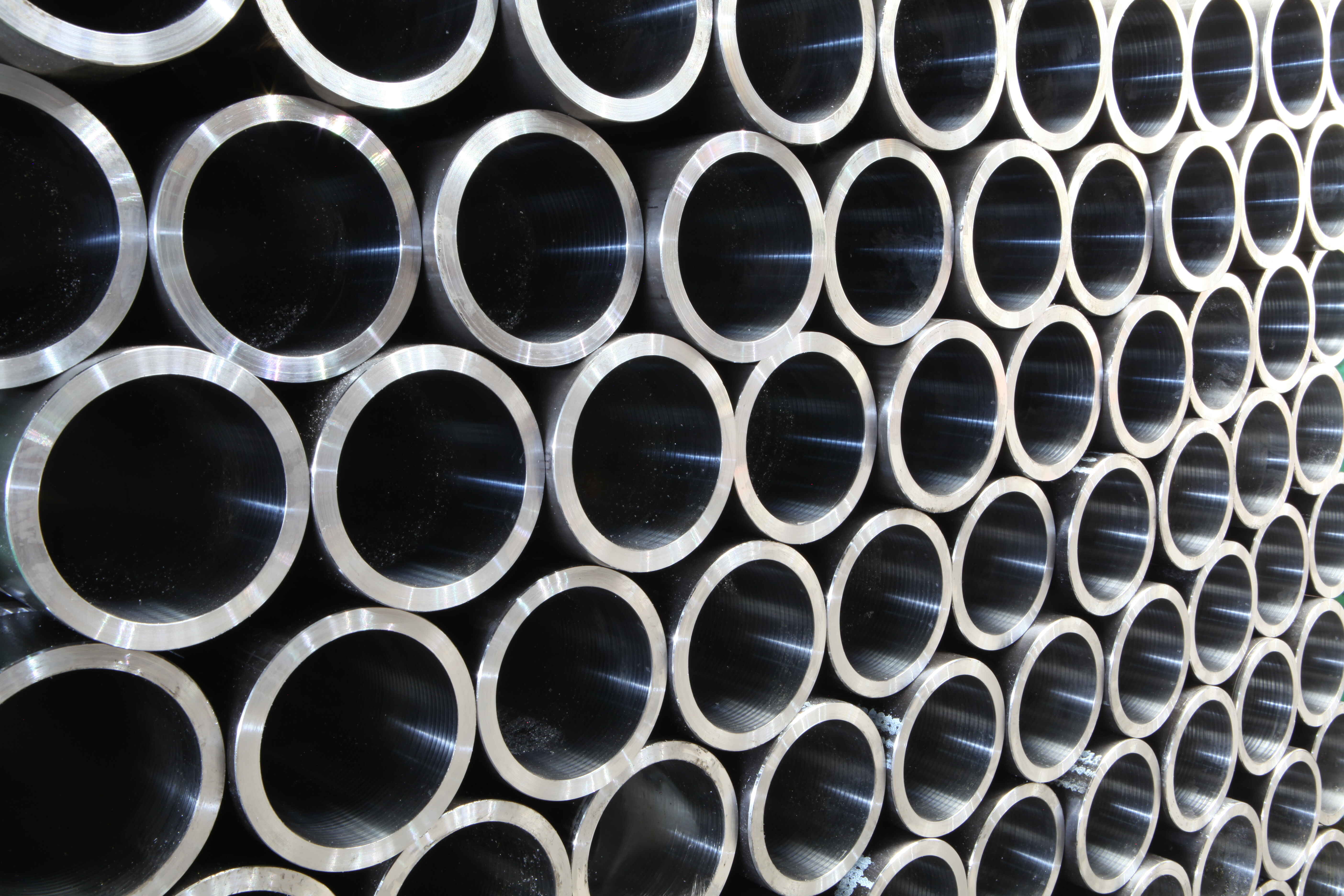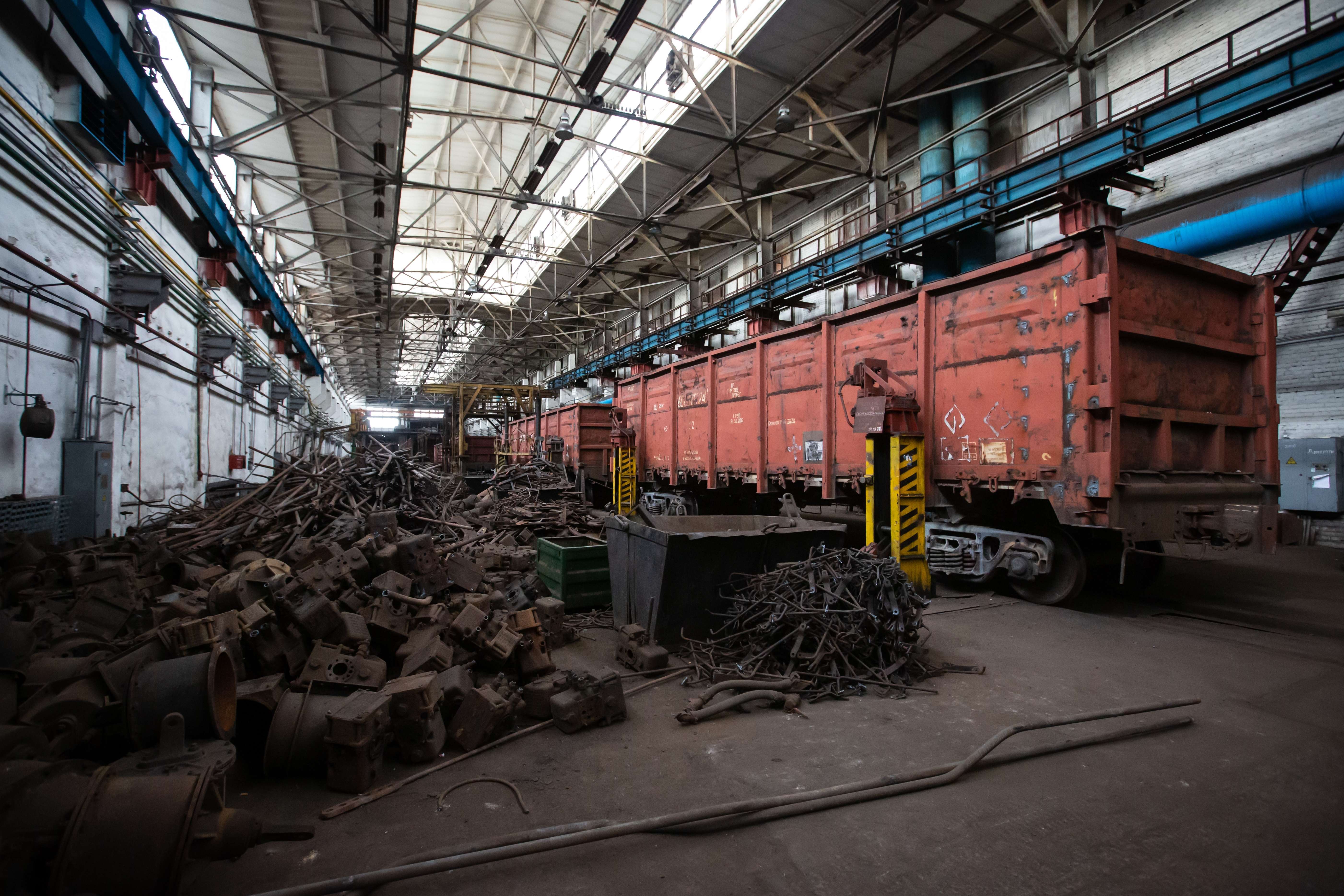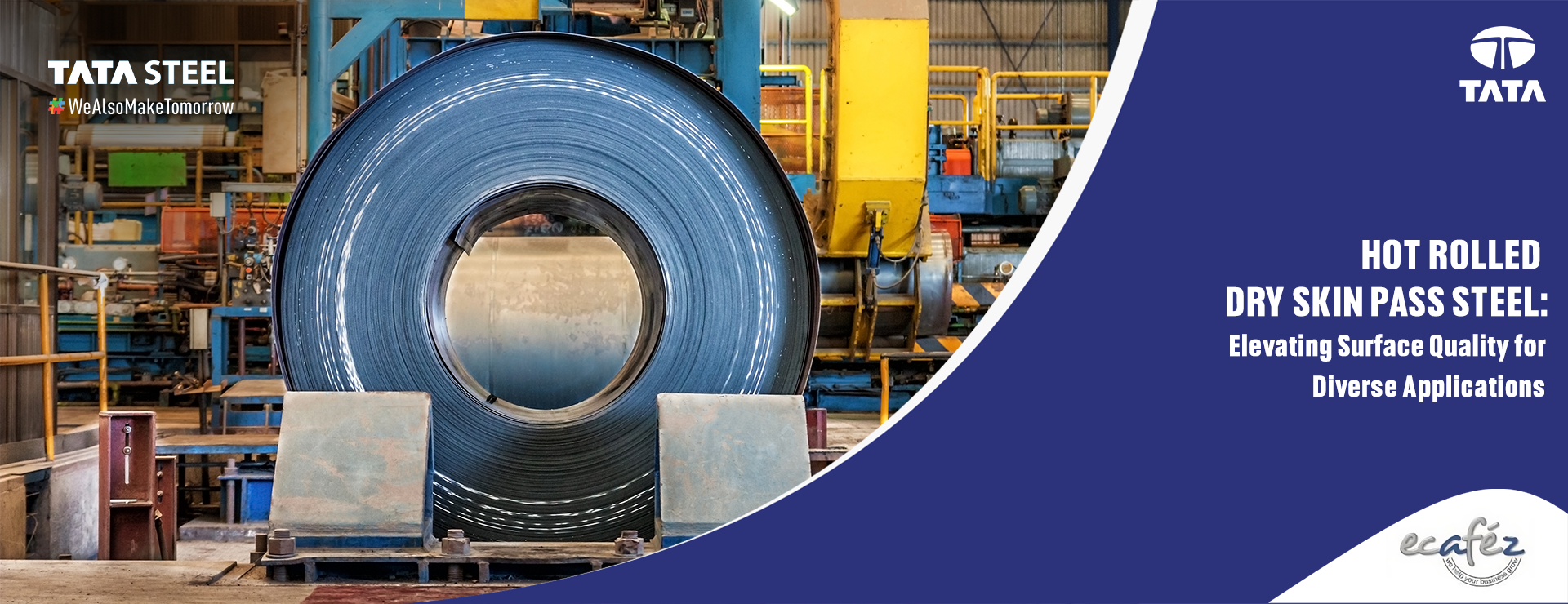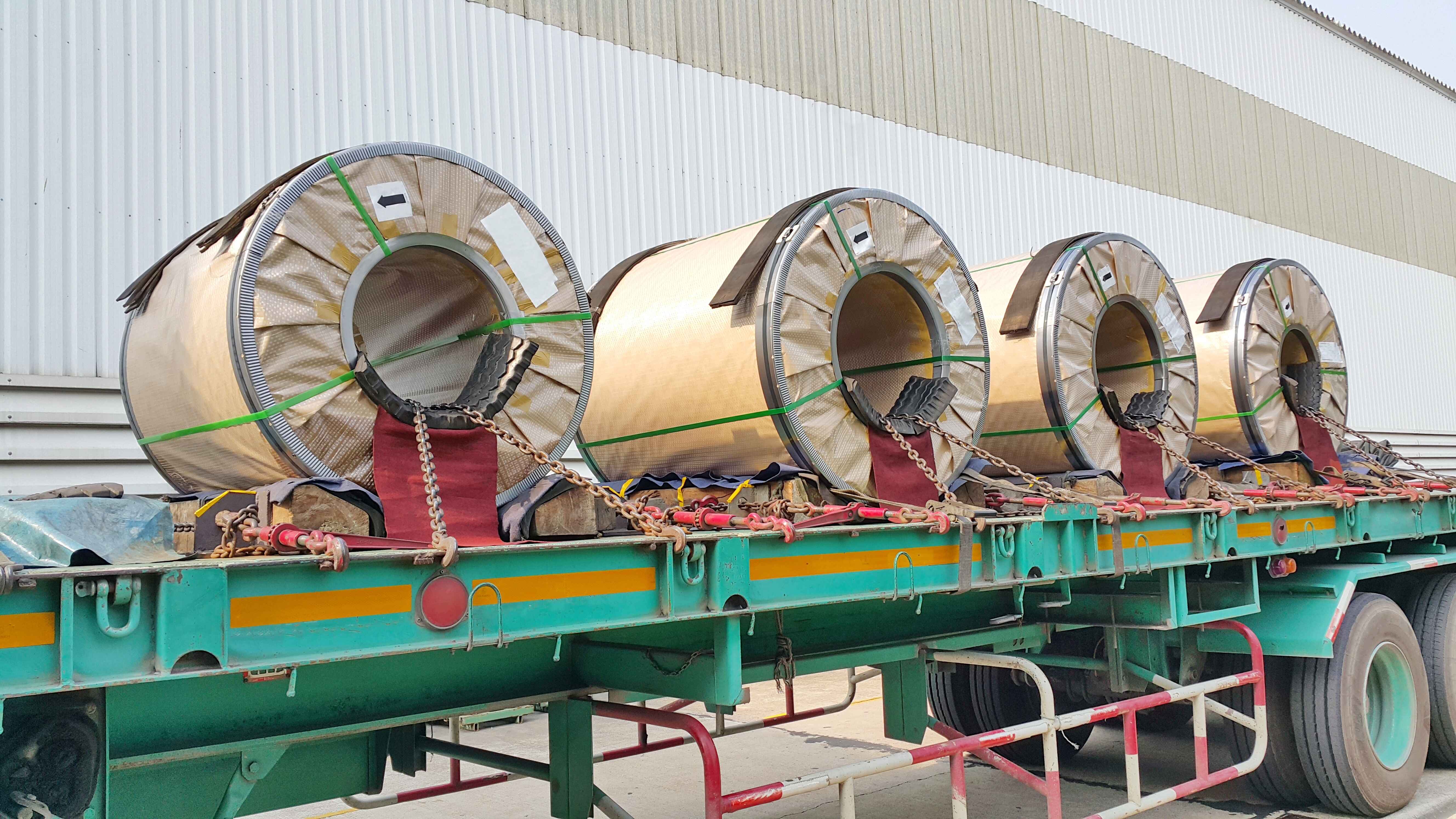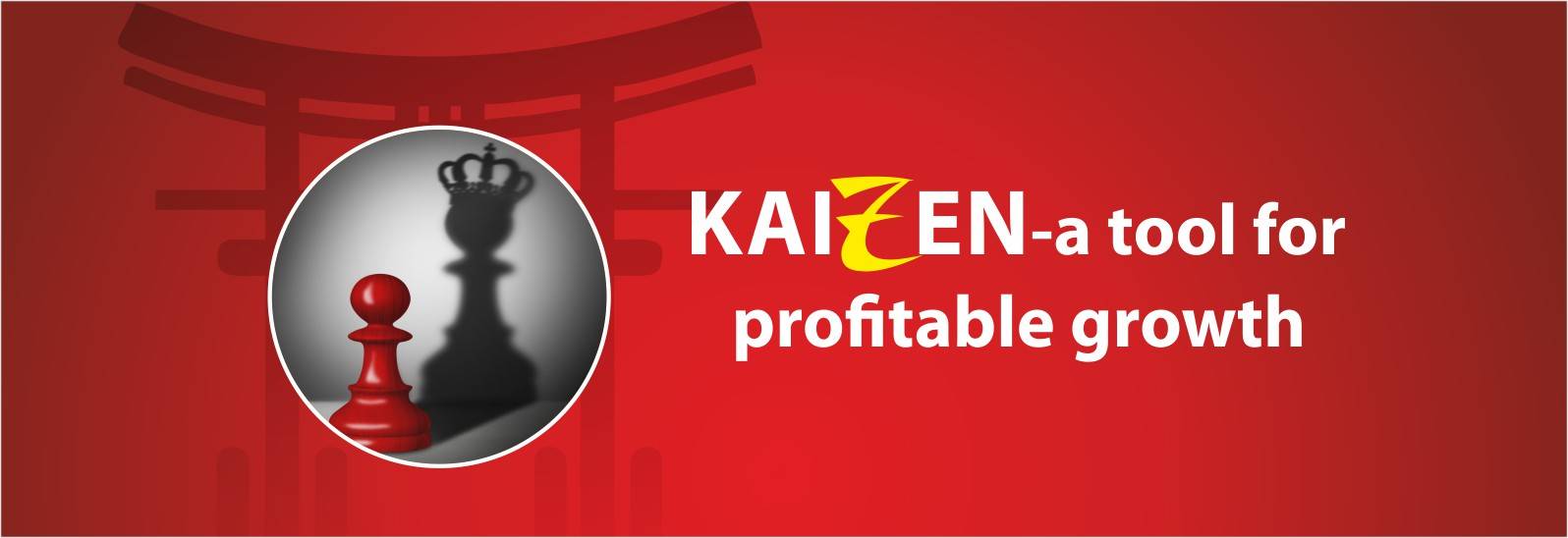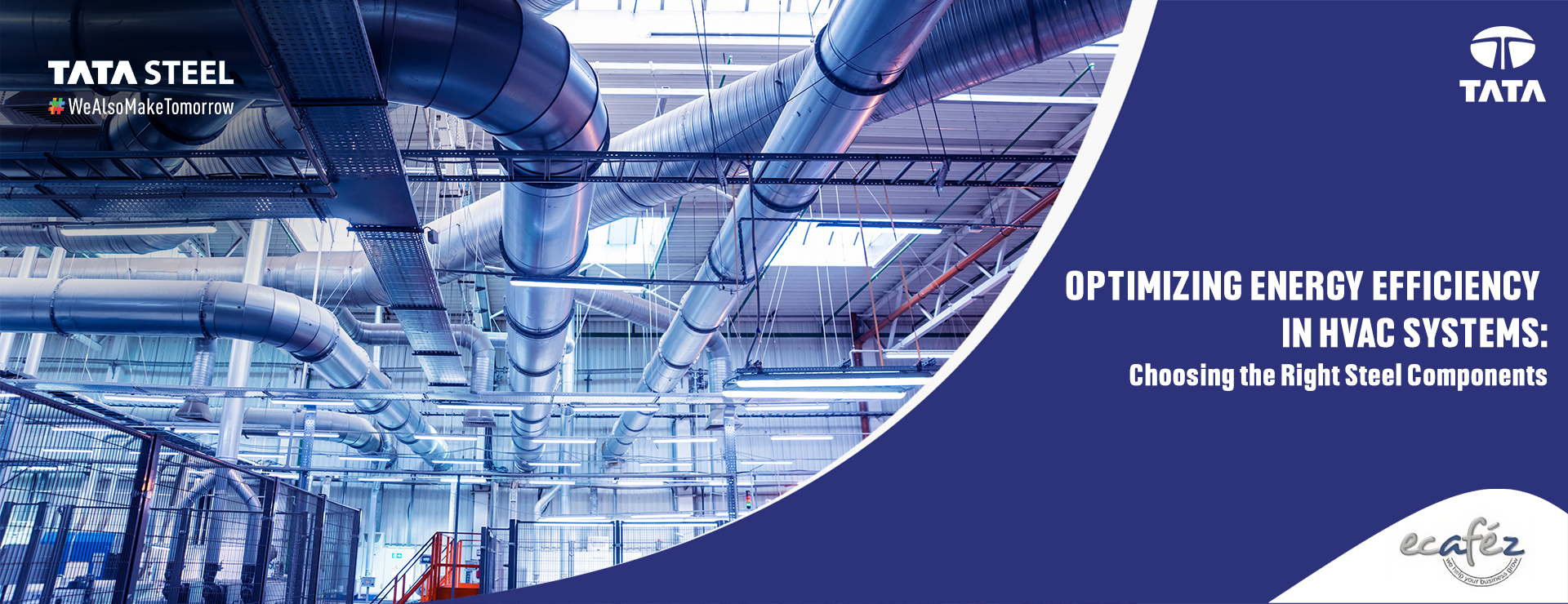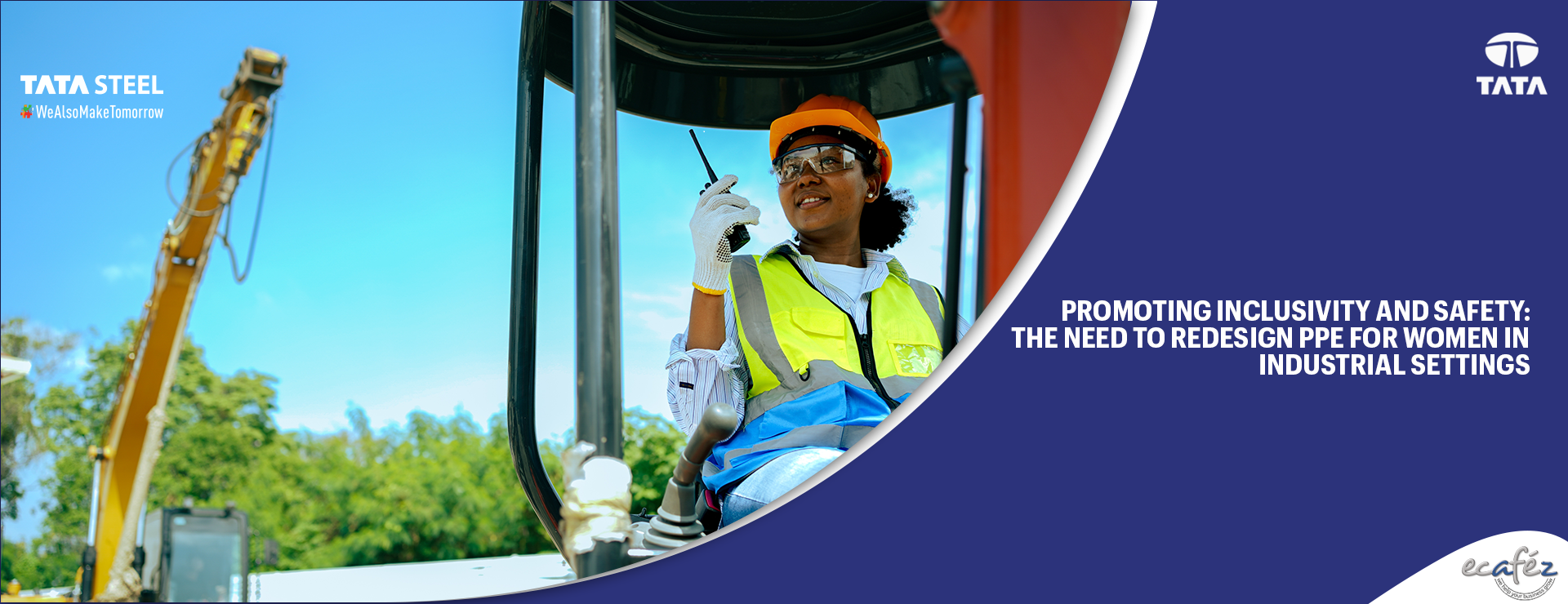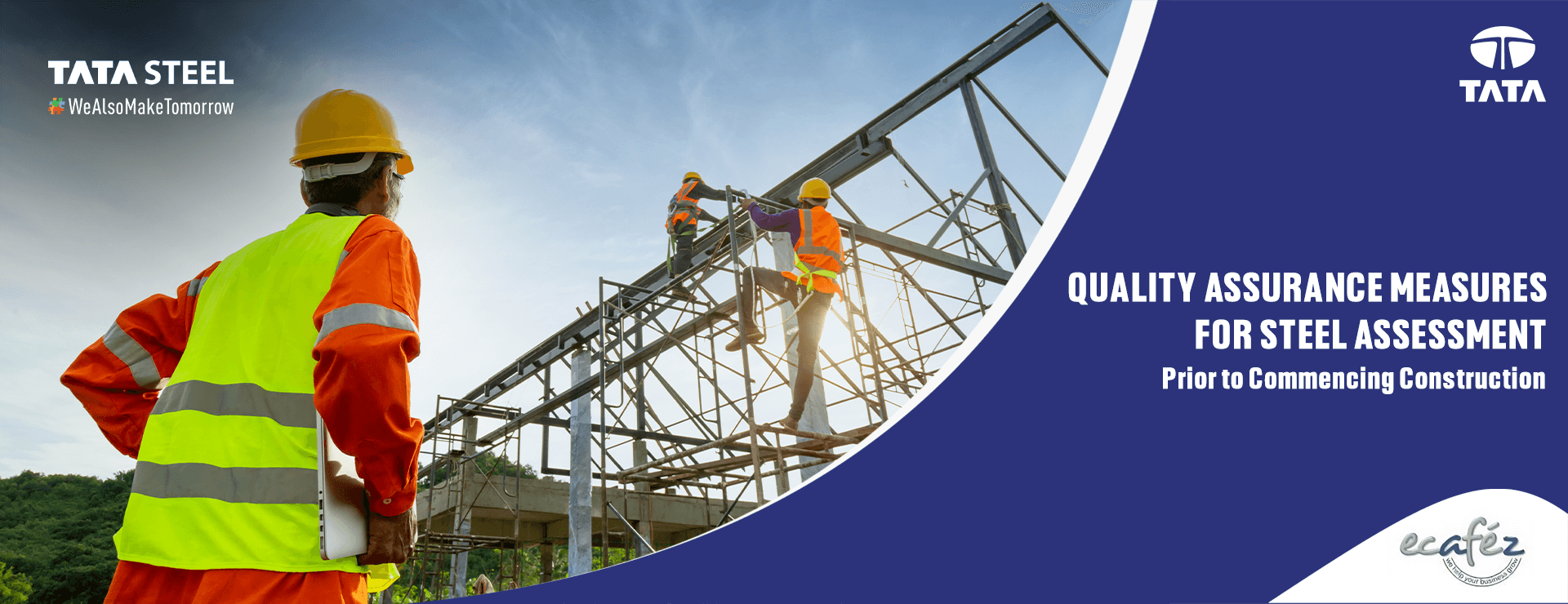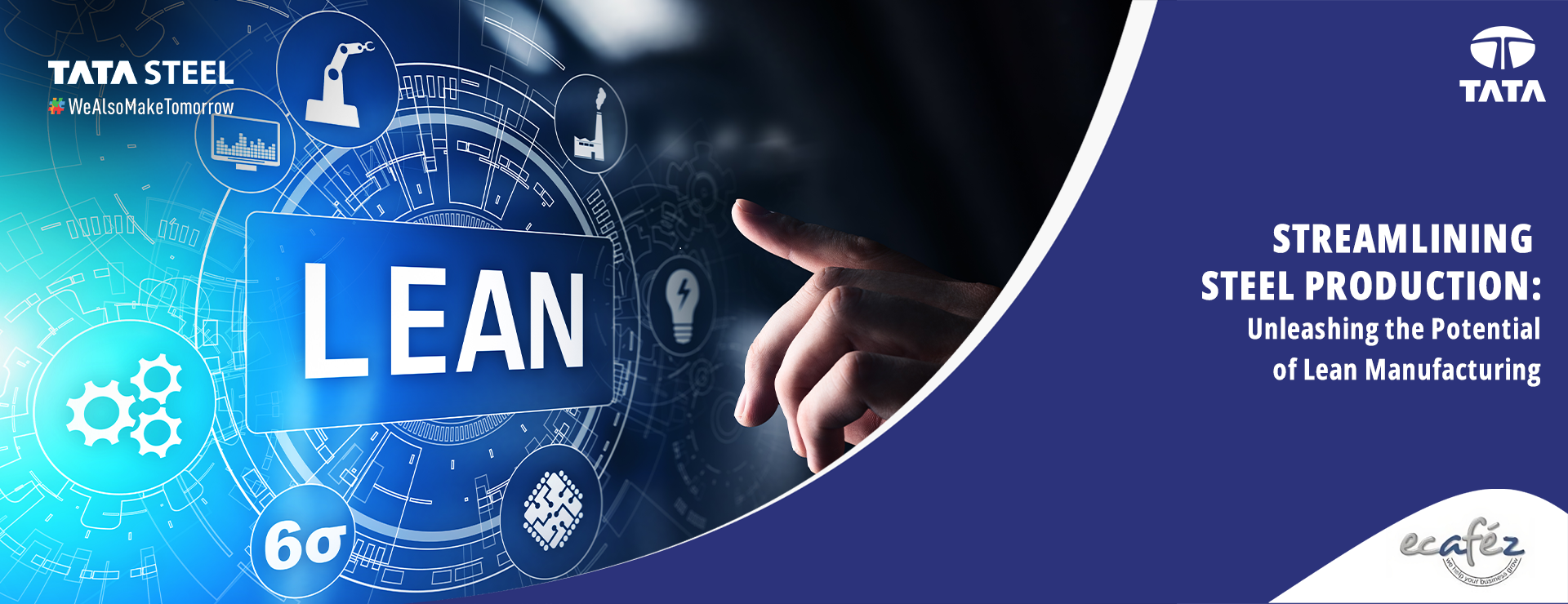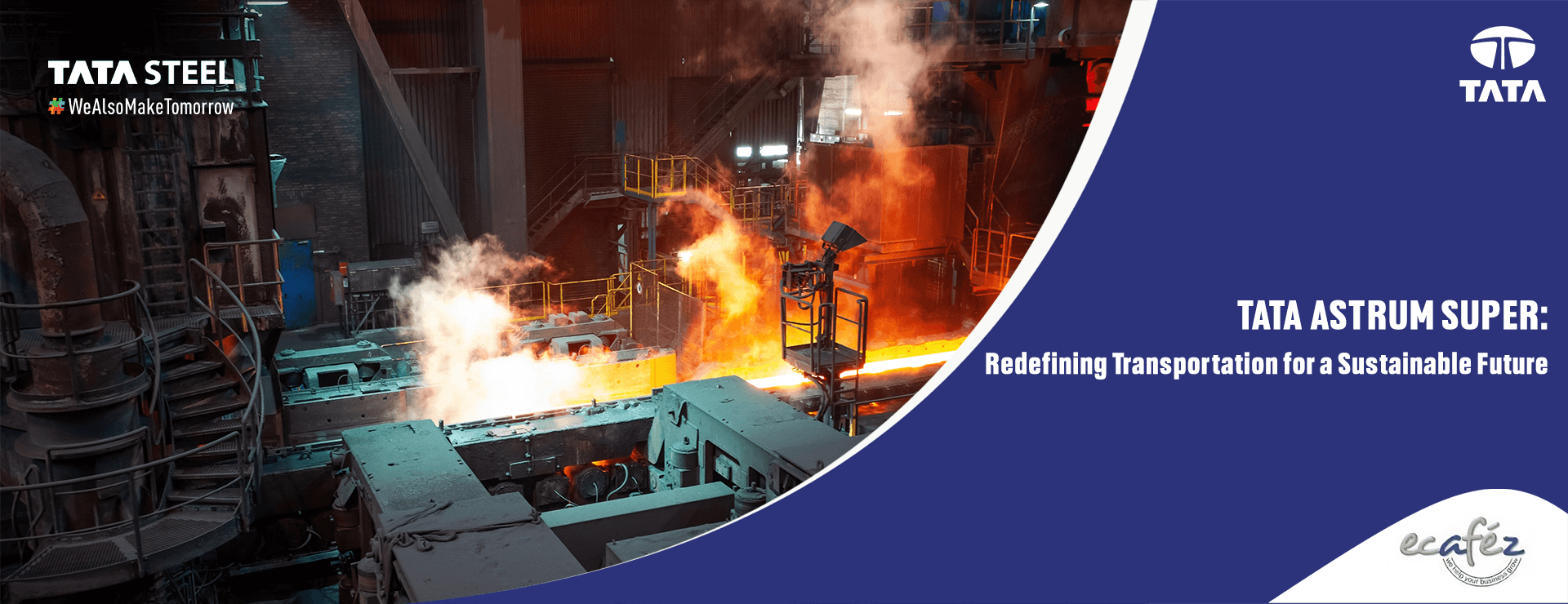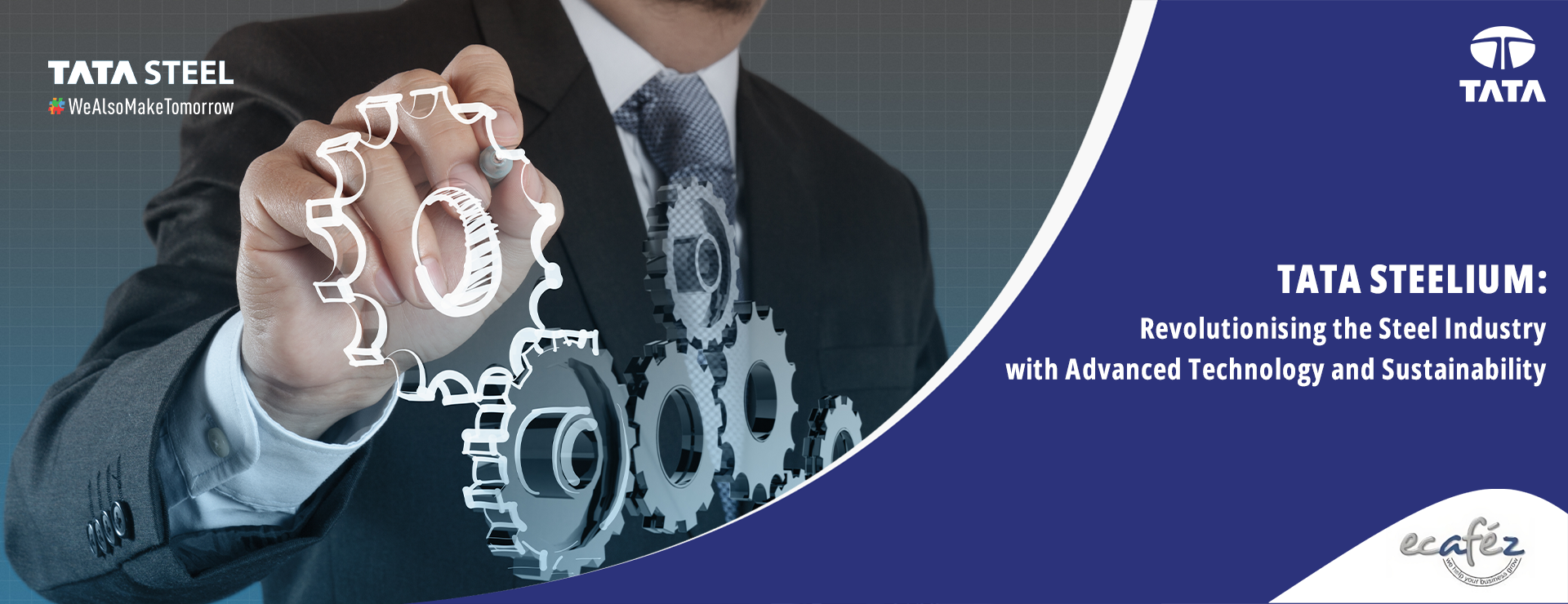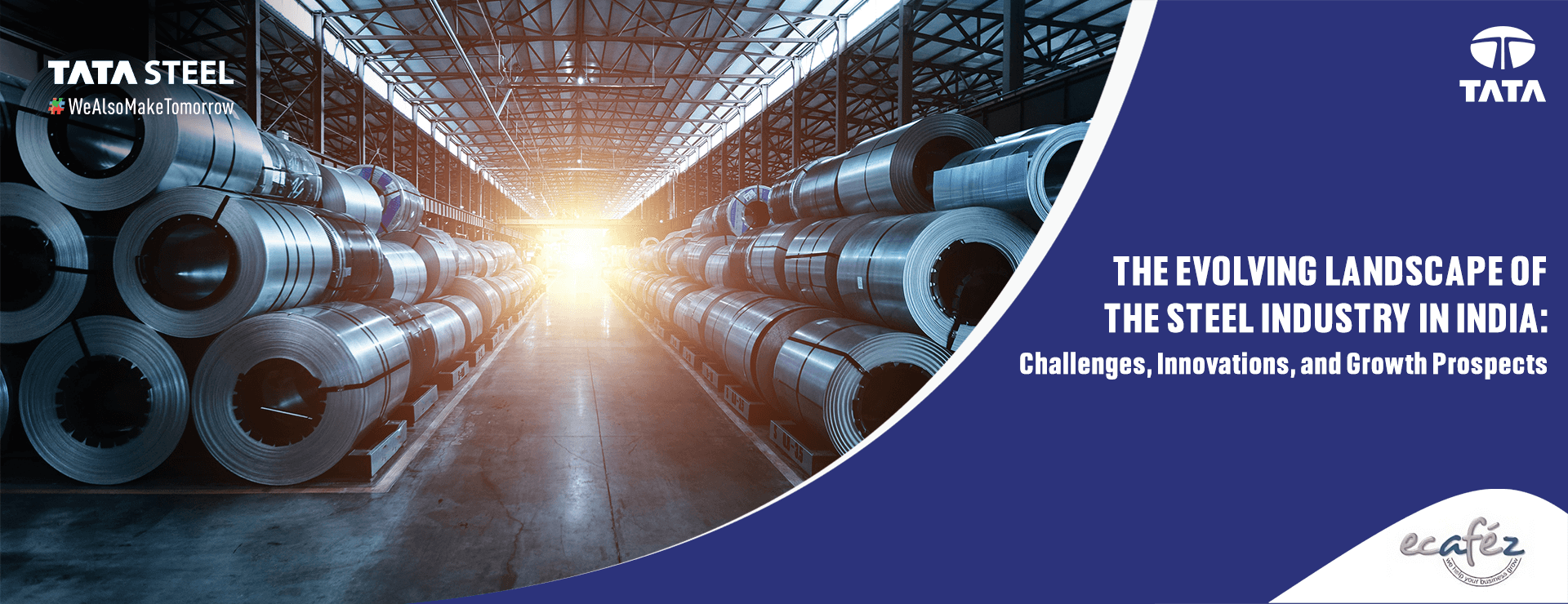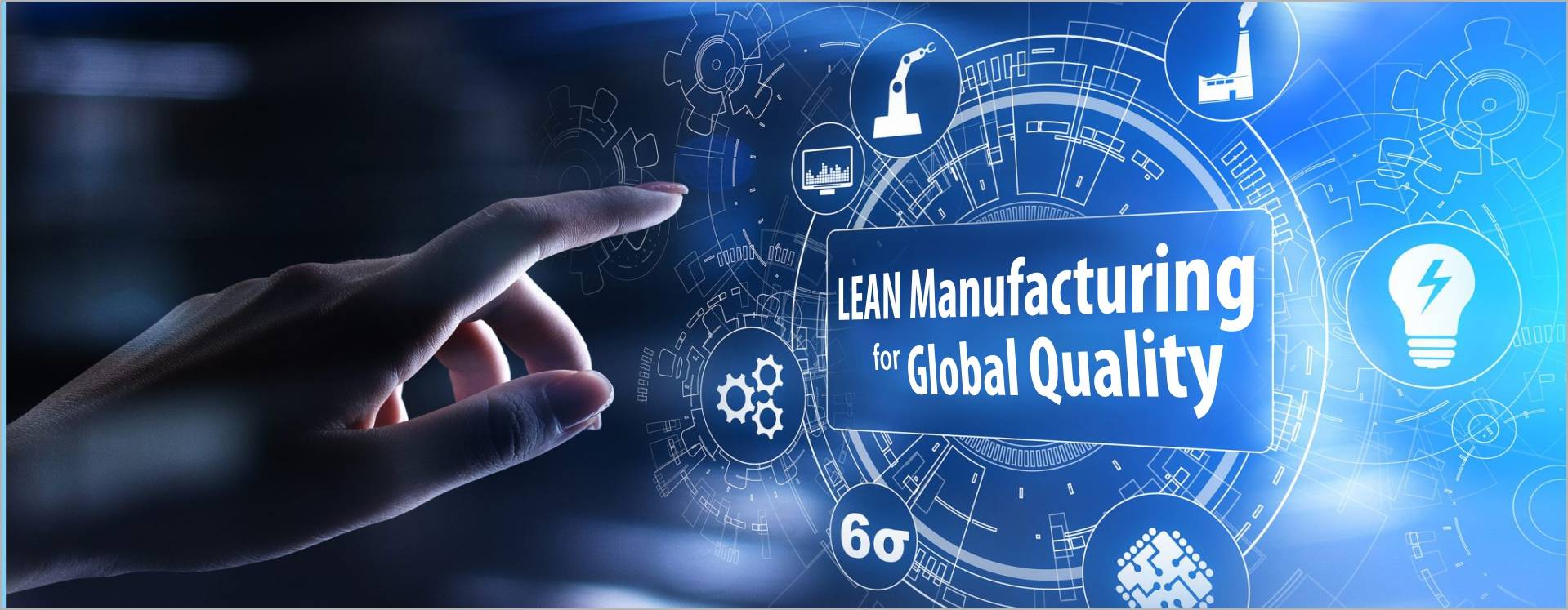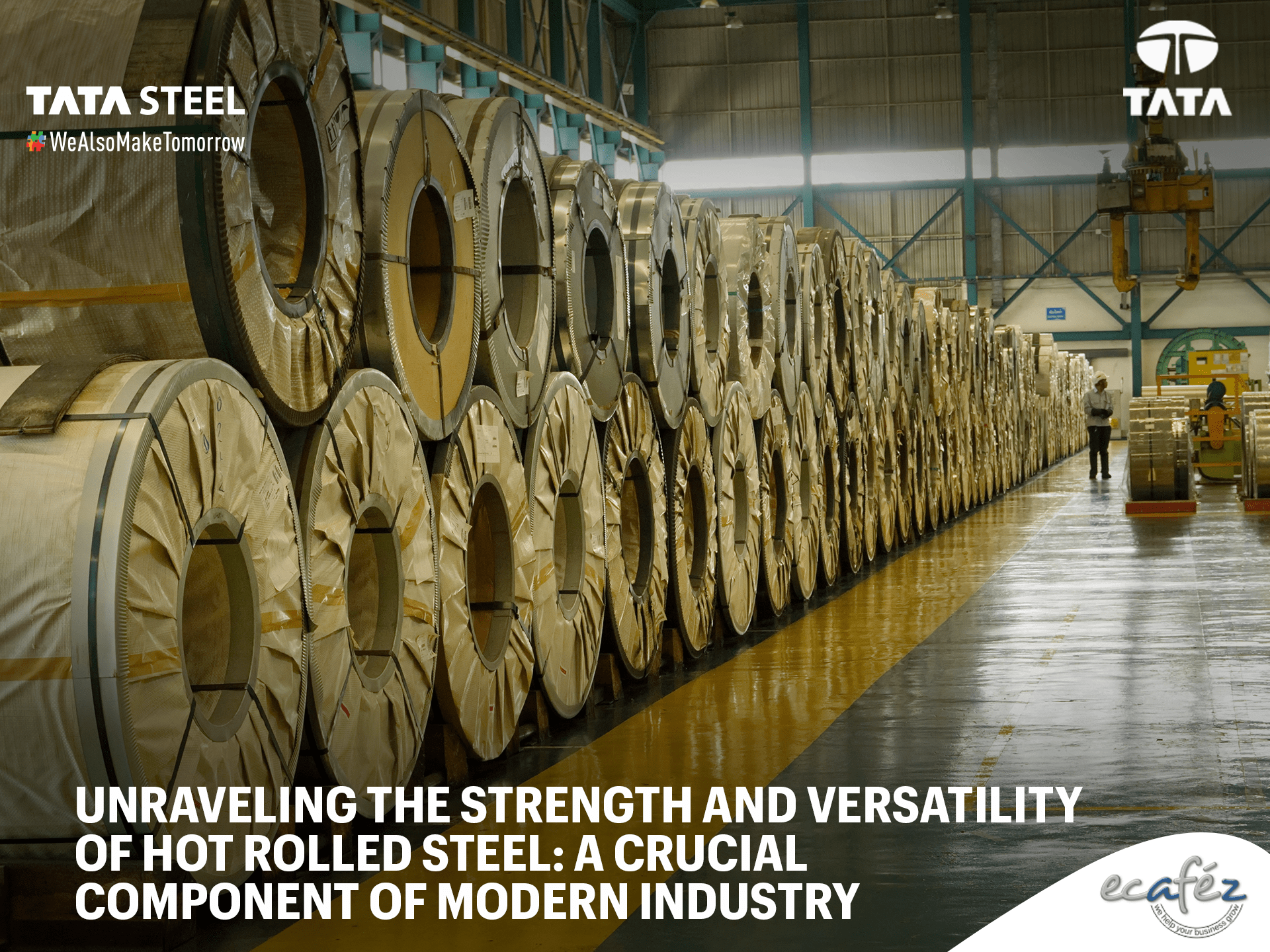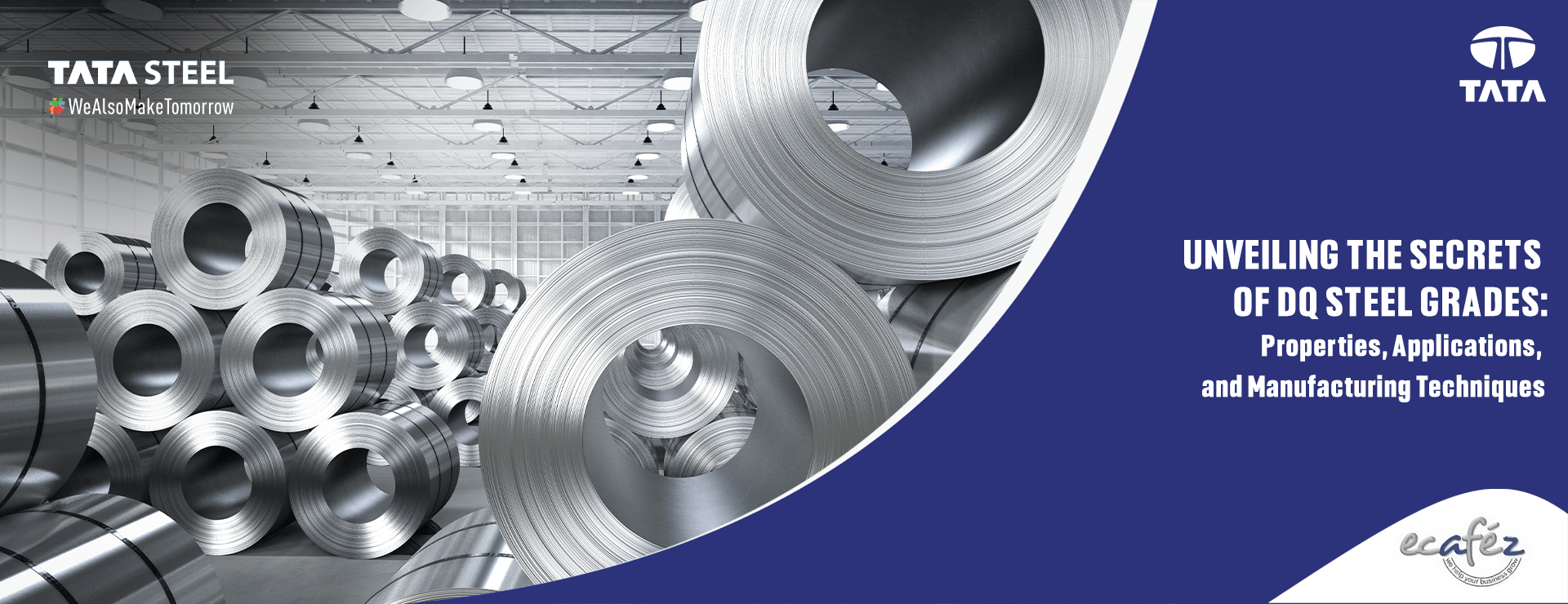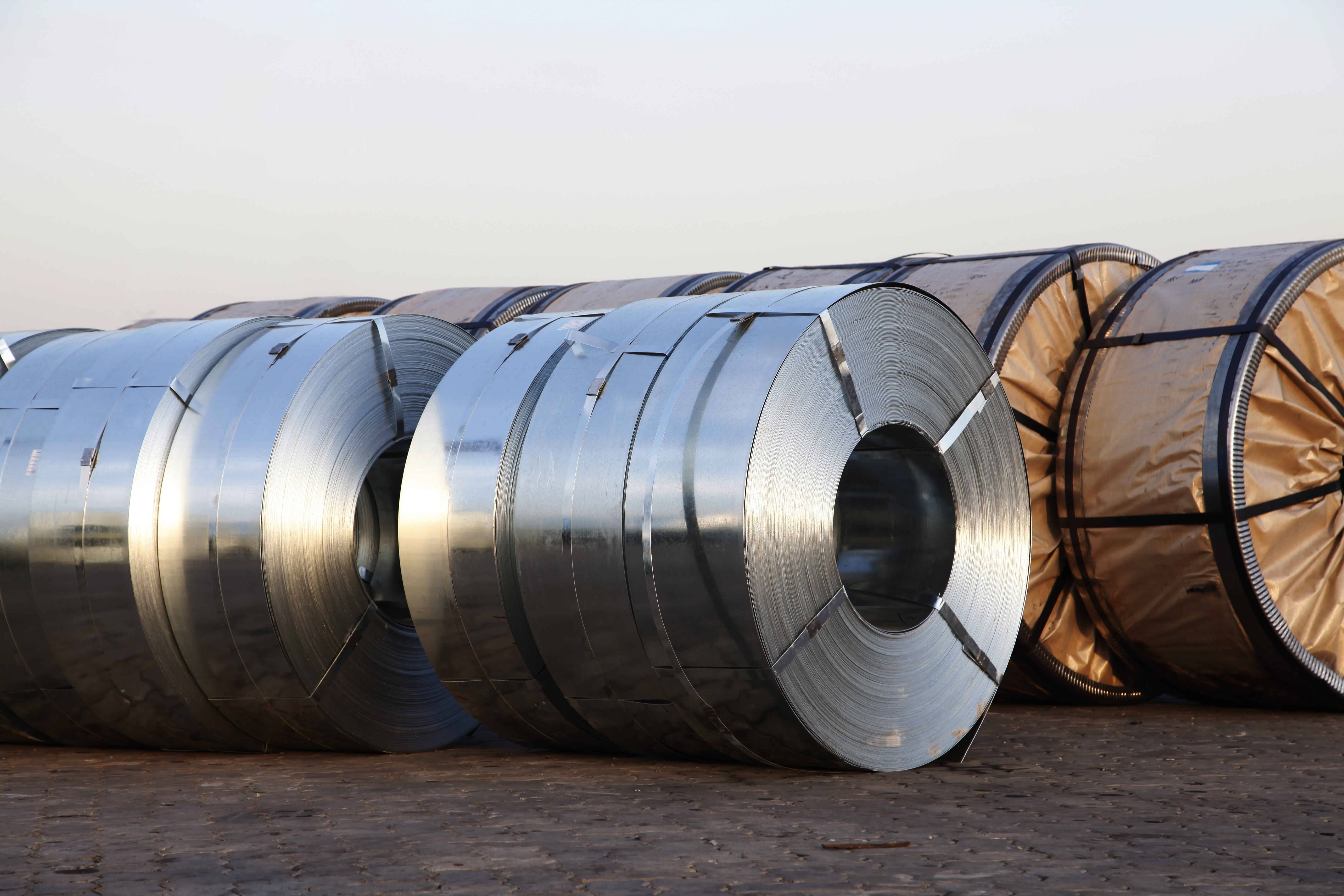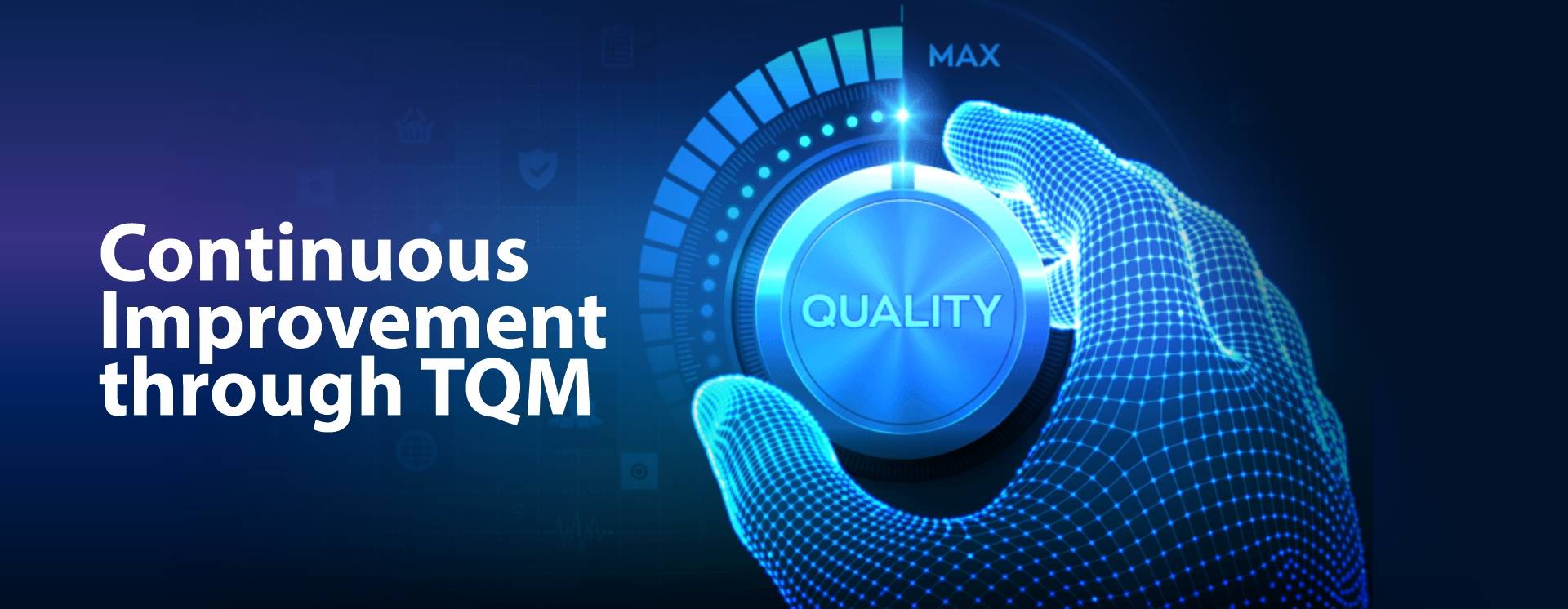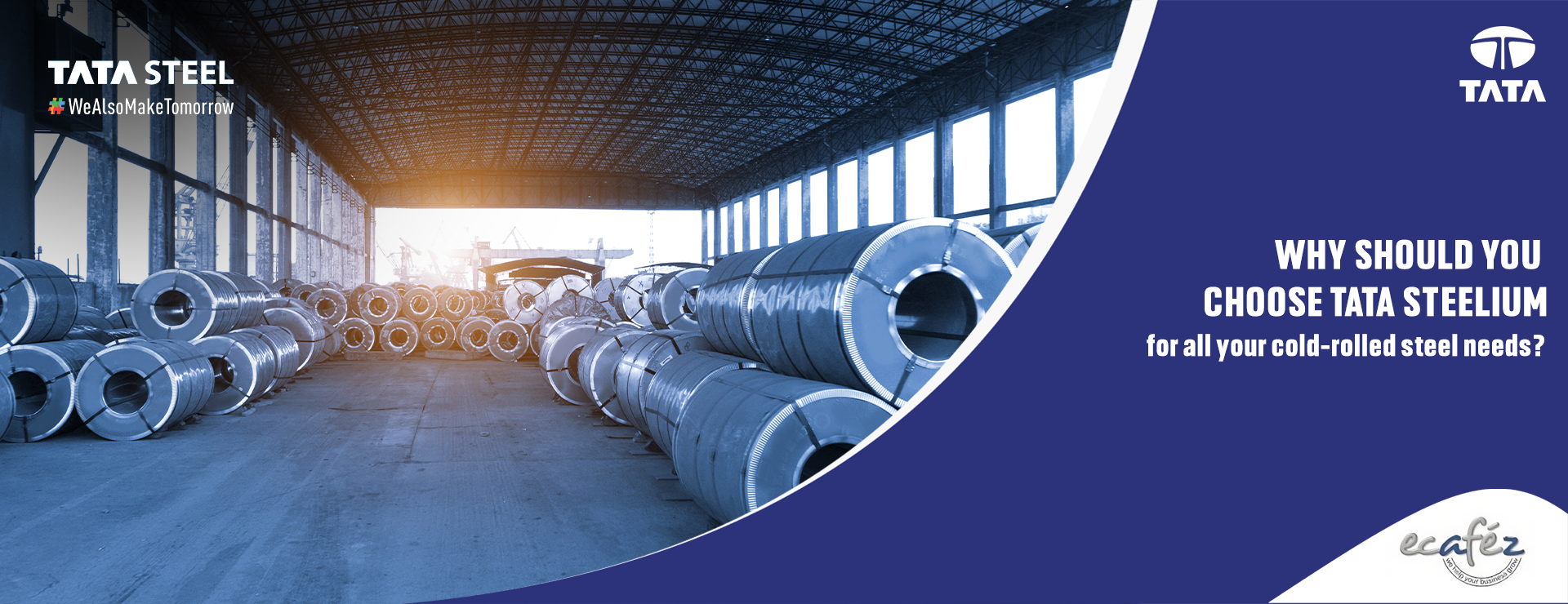The business world is rapidly changing every day, and every organisation is seeking ways to gain a competitive edge over their peers. In this scenario continuous improvement and continual improvement are two of the most commonly and often interchangeably used terms to help manage organisations. Although both play a crucial role in attaining success, they diverge in their implementation and ultimate goals.
With each aspect playing a crucial role in contributing to the organisation’s success, it is important to delve into the difference between continuous and continual improvement and explore every aspect of the same.
1. Continuous Improvement: Unveiling the Essence of Kaizen
Often associated with the philosophy of Kaizen, continuous improvement, also known as Kaizen continuous improvement, is a proactive approach which aims at achieving constant and incremental enhancements in an organisational structure, be it services, products, or processes.
Kaizen is a term that derives from the Japanese words “kai” (change) and “zen” (good), that collectively signifies “change for the better”. By embracing this philosophy every organisation ensures fostering a culture of continuous learning and growth within the system.
Key characteristics of continuous improvement include:
● Employee Empowerment: At the heart of continuous improvement lies the belief that every employee possesses valuable insights and ideas. Hence, organisations encourage active participation from every employee of the hierarchy, right from top management to frontline staff, thereby ensuring improvement initiatives driven by collective intelligence.
● Data-Driven Decisions: Data serves as the key foundation for the efforts made on continuous improvement. Performance metrics and data analysis are the key leveraging parameters that help organisations identify the areas of enhancement and make an informed decision for better results.
● Iterative Progress: Continuous improvement is all about making small and manageable changes rather than undertaking significant overhauls. This is an iterative process which allows a steady and gradual refinement of practices and processes over time.
● Customer-Centric Approach: Continuous improvement primarily focuses on delivering increased value to customers. By consistently meeting customer preferences and needs, every organisation can enhance customer satisfaction and loyalty.
2. Continual Improvement: A Holistic and Transformative Journey
While continuous improvement is all about incremental changes, continual improvement emphasizes more on a transformative and holistic approach. It goes beyond specific projects or processes, seeking to create a culture of learning and adaptability throughout the organisation.
Given below, are a few key characteristics of continual improvement that include:
● Comprehensive Scope: Continuous improvement extends throughout every aspect of an organisation, including employee development, leadership, systems, and processes. This all-encompassing strategy ensures that improvement efforts align with the long-term vision and goals of the organisation.
● Strategic Alignment: Unlike the short-term focus of continuous improvement, continual improvement process is strategically aligned with the organisation's broader objectives. It fosters a coherent and cohesive approach to change, driving sustainable growth.
● Embracing Innovation: Continual improvement encourages organisations to be flexible and innovative. By embracing change as a constant factor, teams are more open to exploring new ideas and technologies.
● Regular Performance Evaluation: Continual improvement necessitates regular evaluations of performance and outcomes. Organisations must be willing to identify weaknesses and address them proactively to ensure continuous growth.
3. The Synergy of Continuous Improvement Tools for Continuous Quality Improvement
In both continuous and continual improvement journeys, organisations can benefit significantly from utilizing continuous improvement tools. One such tool is "Continuous Quality Improvement" (CQI), a systematic approach that seeks to enhance the quality of products, processes, and services consistently.
a. Key Components of Continuous Quality Improvement:
- Process Mapping: Visualizing and understanding existing processes allow organisations to identify inefficiencies and potential areas for improvement.
- Root Cause Analysis: By identifying the root causes of issues, organisations can implement targeted solutions rather than treating symptoms.
- Plan-Do-Study-Act (PDSA) Cycle: This iterative approach encourages organisations to plan, implement changes, study their impact, and act upon the results, promoting continuous learning and adaptation.
- Six Sigma: A data-driven methodology aimed at reducing defects and variations in processes, Six Sigma complements continuous improvement efforts.
b. Strategic Deployment of Continuous Improvement Tools:
To maximize the benefits of continuous quality improvement, organisations must strategically deploy these tools within their improvement initiatives. Integrating these tools into the continual improvement process empowers employees, streamlines operations, and elevates overall organisational performance.
Conclusion
In conclusion, continuous and continual improvement represent two distinct yet complementary approaches to achieving organisational success. Continuous improvement, driven by the philosophy of Kaizen, focuses on incremental enhancements, while continual improvement encompasses a holistic and transformative journey. Leveraging continuous improvement tools, such as Continuous Quality Improvement, can further reinforce the effectiveness of improvement initiatives.
Whether organisations choose to embark on a path of continuous improvement, embrace a culture of continual improvement, or synergistically combine both approaches, fostering a dedication to learning, innovation, and data-driven decision-making is critical. By doing so, organisations can position themselves to excel in the dynamic and competitive business landscape, leading to sustained growth and success.
How Ecafez can help
As a business owner or SME owner, Ecafez contributes to economic progress. Ecafez brands offer a diverse selection of world-class solutions in goods and services adapted to unique needs. Our team is available to users for round-the-clock support to guide and advise them. Our goal is to assist people in getting from where they are to where they wish to go.
